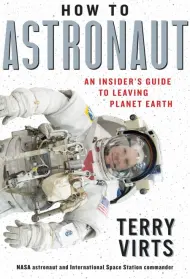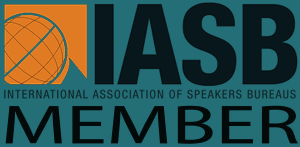Terry Virts is in a very small, prestigious club. He is one of only four astronauts in history to have piloted the space shuttle, flown a Russian Soyuz spacecraft, performed three spacewalks, and commanded the International Space Station (ISS). He also famously took more than 319,000 photographs from space—more than any other astronaut.
Commander Virts’s book How to Astronaut: An Insider’s Guide to Leaving Planet Earth is a firsthand account of his over seven months in space—an experience few will ever know. It captures the highs and lows, with humor and wonder, through stories that range from survival training and space shuttle emergencies to the sublime beauty, unexpected discoveries, and mundane rituals of daily life in space.
Virts peels back the curtain with candid revelations on what it takes to become an astronaut as well as anecdotes from his time as Crew Medical Officer aboard a spaceship (he performed the first-ever dental filling in orbit), working with Russian Space Agency cosmonauts, and performing scientific experiments aboard the ISS. He gives an uncensored and wildly entertaining account of space travel that includes giving a coworker a haircut, caring for small animals, going for a daily run on the treadmill, and emptying the waste system (toilet) on the space shuttle.
Colonel Terry Virts served in the US Air Force as a fighter pilot, test pilot, and NASA astronaut on two spaceflights. He is a graduate of the US Air Force Academy, Embry-Riddle Aeronautical University, and Harvard Business School, where he earned the 2021 Alumni Achievement Award. He is also the author of the children’s book, The Astronauts Guide to Leaving the Planet, as well as View from Above and one of the stars (and photographers) of the IMAX film, A Beautiful Planet. He recently directed his first film, One More Orbit.
An internationally in-demand speaker, Virts inspires audiences with stories from space as well as insights into life on earth. Terry brings his unique perspective to businesses around the world on such diverse topics as our environment, intercultural leadership, crisis and risk management, innovation, strategy and vision, and decision-making. He is currently working in the energy industry and is also involved in multiple television, film, and book projects.








